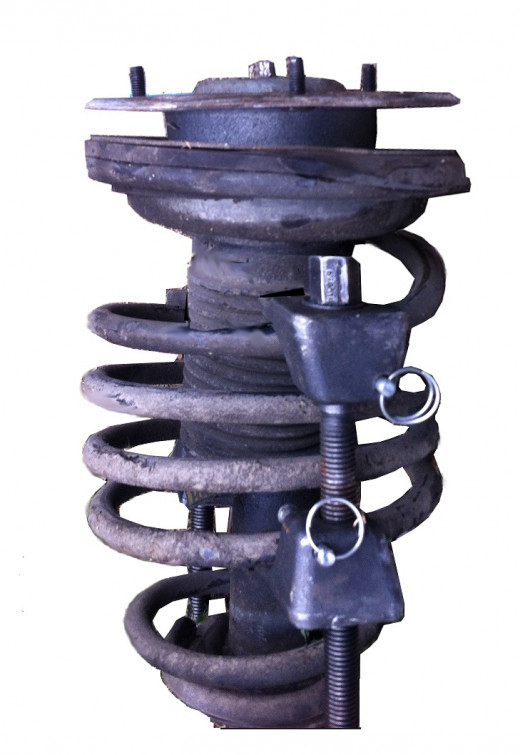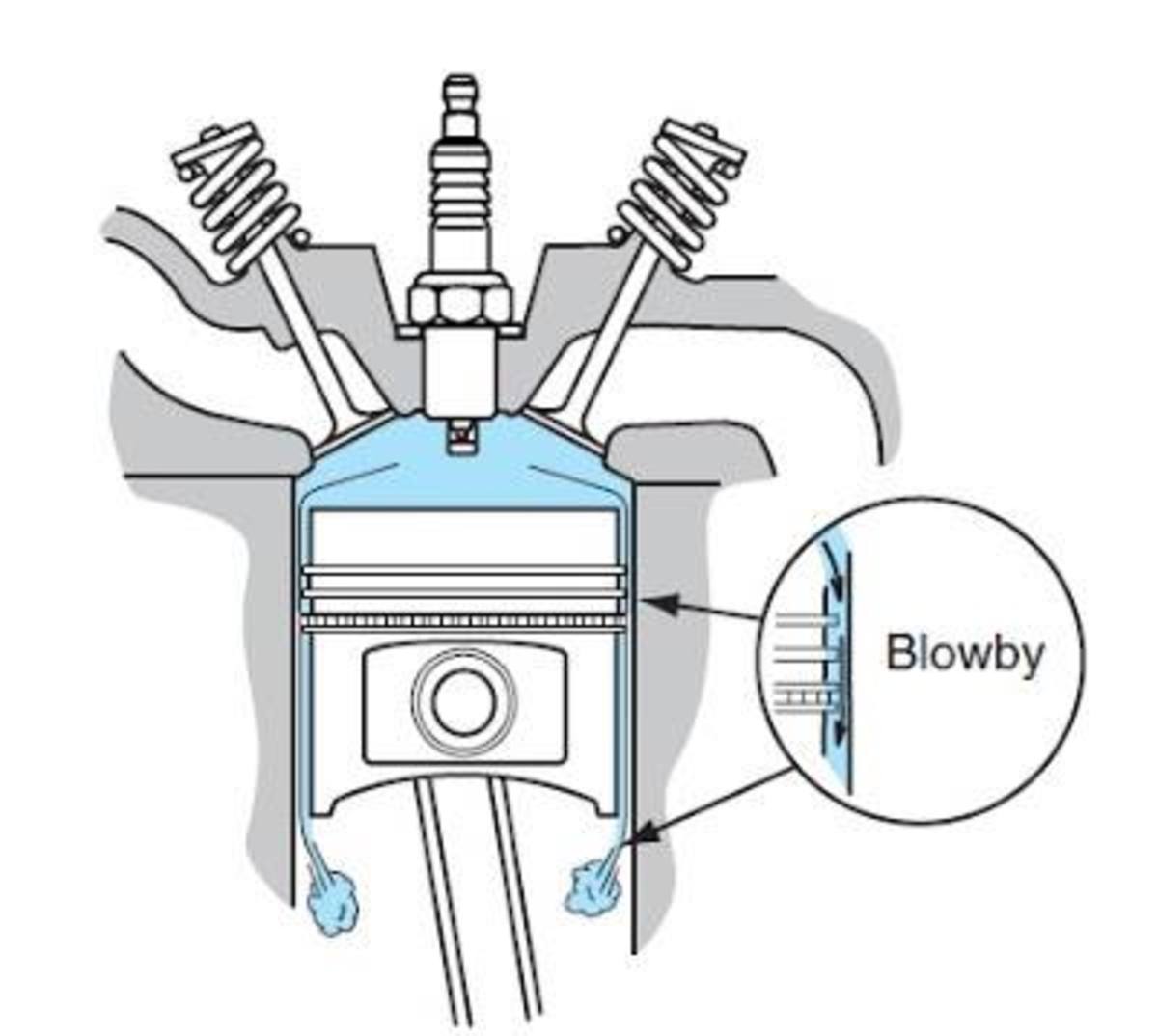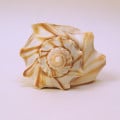Front Strut Replacement
Signs Your Struts are Worn Out or Wearing Out
- If you can manually make your car bounce by pressing firmly on the hood or trunk.
- The vehicle has poor maneuverability.
- Sensation of the vehicle floating down the road, unstable feeling.
- The vehicle doesn't lean into turns but rather tilts out on them mixed with that unstable floaty feeling.
- When driven over railroad tracks, bridges or bumps in the road the vehicle bounces several inches up and down.

What Exactly is a Strut?
In order to make a vehicle stable, there is a stabilizer bar, shock absorbers, and/or struts situated in the front end of a vehicle. A strut has a shock absorber within it. It also has a spring and plates to contain the shock absorber. The strut is one unit, whereas a separate spring and shock absorber is sometimes used. Weather a shock or a strut is used all depends on the auto maker. Both are designed to resist compression. They don't eliminate it, they resist it, thus providing a less jarring ride on the vehicle and a smooth ride for the occupants.
Some vehicles have struts in the front and shocks in the back, or vice versa, or shocks all around or they could have struts all around, again, this depends on the auto maker.
When the struts wear out, you'll need to have them replaced by a mechanic, or do it yourself. To take on this job you should have some automotive repair experience because this job entails dealing with automotive parts that can be dangerous ie: compressed springs and jacking the car.
The vehicle used for this hub is a 1986 Buick Skylark.
Get Your Tools Together
This job calls for large wrenchs and sockets and a tool not commonly held by the average backyard mechanic: a spring compressor. You can try to make your own but I DO NOT RECOMMEND IT. The coil springs, if improperly compressed, or the compression tool you've made fails, can cause bodily injury, and/or death.
Great Deal!
As of this writing, August 2013, there is a great deal at auto parts stores. You can rent the spring compressor for about $50. When you return it they give you the $50 back!! Yeah, it's a free rental! Now there's enough reason not to try and make your own.
Let's Get Started Removing the Strut!
- Park the vehicle on level ground, put it in park and set the emergency brake.
- Loosen the lug nuts before jacking it off the ground.
- Now, jack up the vehicle and remove the lug nuts the rest of the way. Set the nuts and tire aside.
- Open the hood. At the right and left sides of the engine compartment you can see the top of the struts and the three screws holding it in place. Loosen the screws. Remove TWO of the three screws. Leave the last screw in place to hold the strut until your ready for it to come down.
- At the wheel, remove the brake hose from the back of the strut and move it out of the way being careful not to damage it.
- Remove the speed sensor if supplied.
- There are two bolts at the bottom of the strut. One is for the alignment and the other is for securing the setting of the alignment. Keep in mind which bolt is on top and which one is on the bottom, which side the nut is on and any shims (large washers) and their exact location. I like to take a picture of it with my cell phone to reference later. Remove both of these bolts (see video).They can be tough. Some WD40 might come in handy to spray on the threads to loosen them up.
- The wheel will swing down and the strut can be pulled out.
- While supporting the strut remove the remaining screw at the top.
Compress the Spring
Now it's time to use the spring compressor. In order to get the shock out of the middle of the spring, the spring must be compressed.
- Set the spring compressor properly on the spring rungs and compress it until there is a bit of space between the spring and the plate. There should be no tension on the plate when it's fully compressed.
- At the top end of the strut there is a nut holding the shock absorber. The nut must be removed to release the shock. There is a tool that can be purchased to achieve this end (photo), or for the do-it-yourself kind of person, a pair of vice grips and a set of allens will remove it. It's solid twisting all the way until the end of the threads. This is intentional so it won't come off easily when the vehicle is moving, but it can prove to be very difficult. Be very cautious of stripping the allen or hex type head.
- Pay attention to the position, and order, of the parts as you remove the shock.
- Get the new shock and release the rod according to the manufacturers instructions. Often, you'll place an allen wrench in the end and twist until the rod slides out.
- Once you've released the rod, in the order the parts came off, put them back on.
- A new nut should be provided with the new shock. Once you have inserted the shock into the spring use the new nut to secure it using the tool in step #2 or your vice grips. Torque to your vehicles specifications. The torque is quite low (ie: 13-18 ft. lbs). So, don't over tighten at first.
- De-compress the spring making sure the spring ends seat themselves in the plate correctly. There is a groove where the end of the spring seats itself to keep it from spinning.
- Remove the spring compressors.
- Place the strut up into the wheel well. The screw patterns is such that they will only fit in one way. Line up the bolts and slide it up and screw one of the huts on top, inside the hood, on to hold it steady. Screw on the other two screws and tighten, but don't torque yet.
- To place the bottom of the strut into the control arm you may have to press the control arm down firmly.
- Replace the bolts exactly as they were when you took them out, including the shims.
- Torque the bolts to specifications.
- Replace the tire and lower the vehicle.
- Torque the three bolts at the top of the strut tower under the hood.
You're Done! Congratulations! Now take it for a drive and enjoy the smooth ride!
The vehicle may need an alignment after the new struts are installed.
Thanks for coming by and reading!



